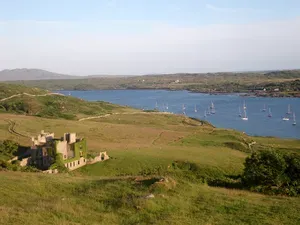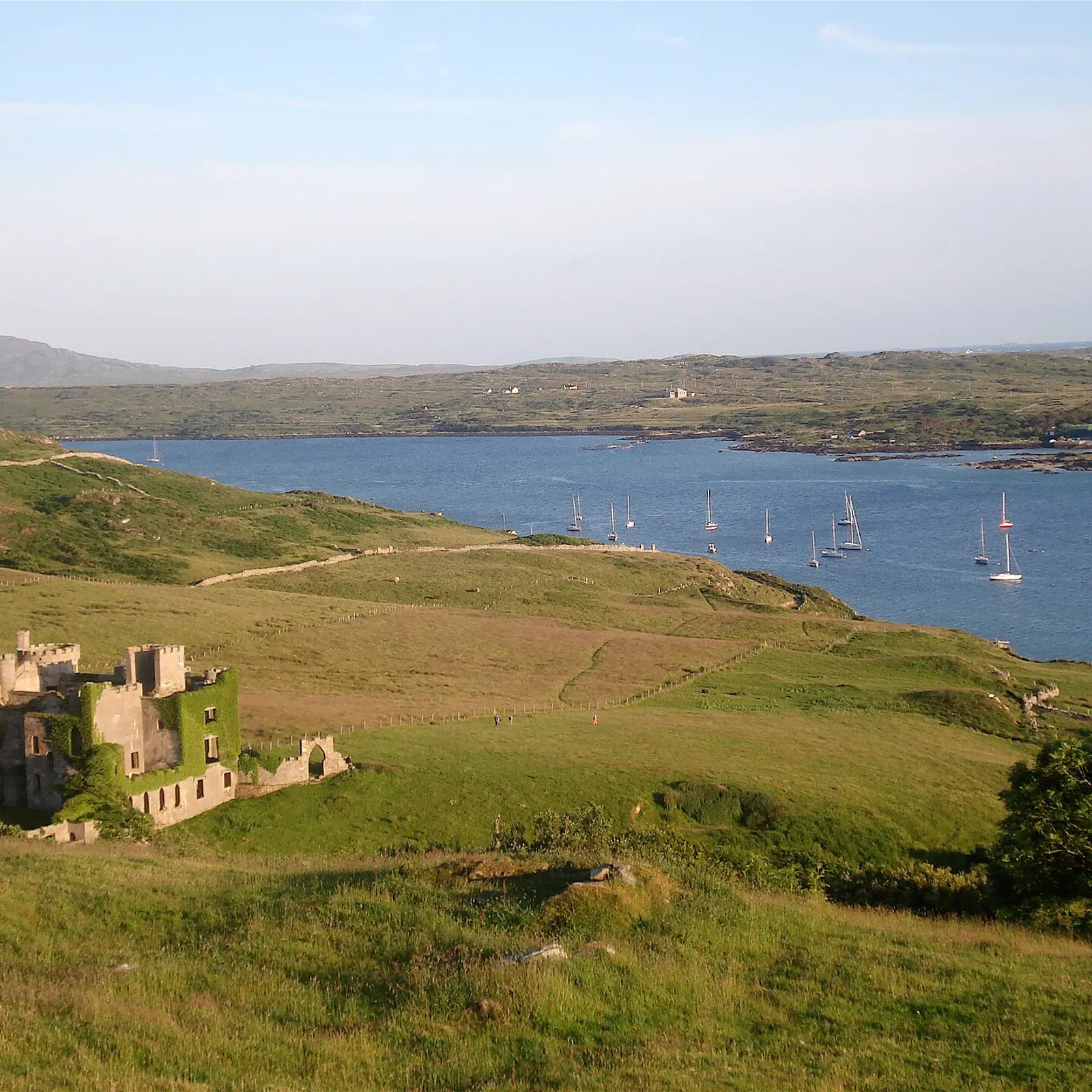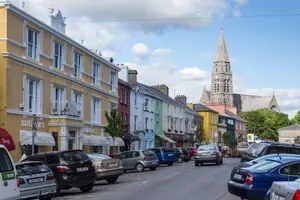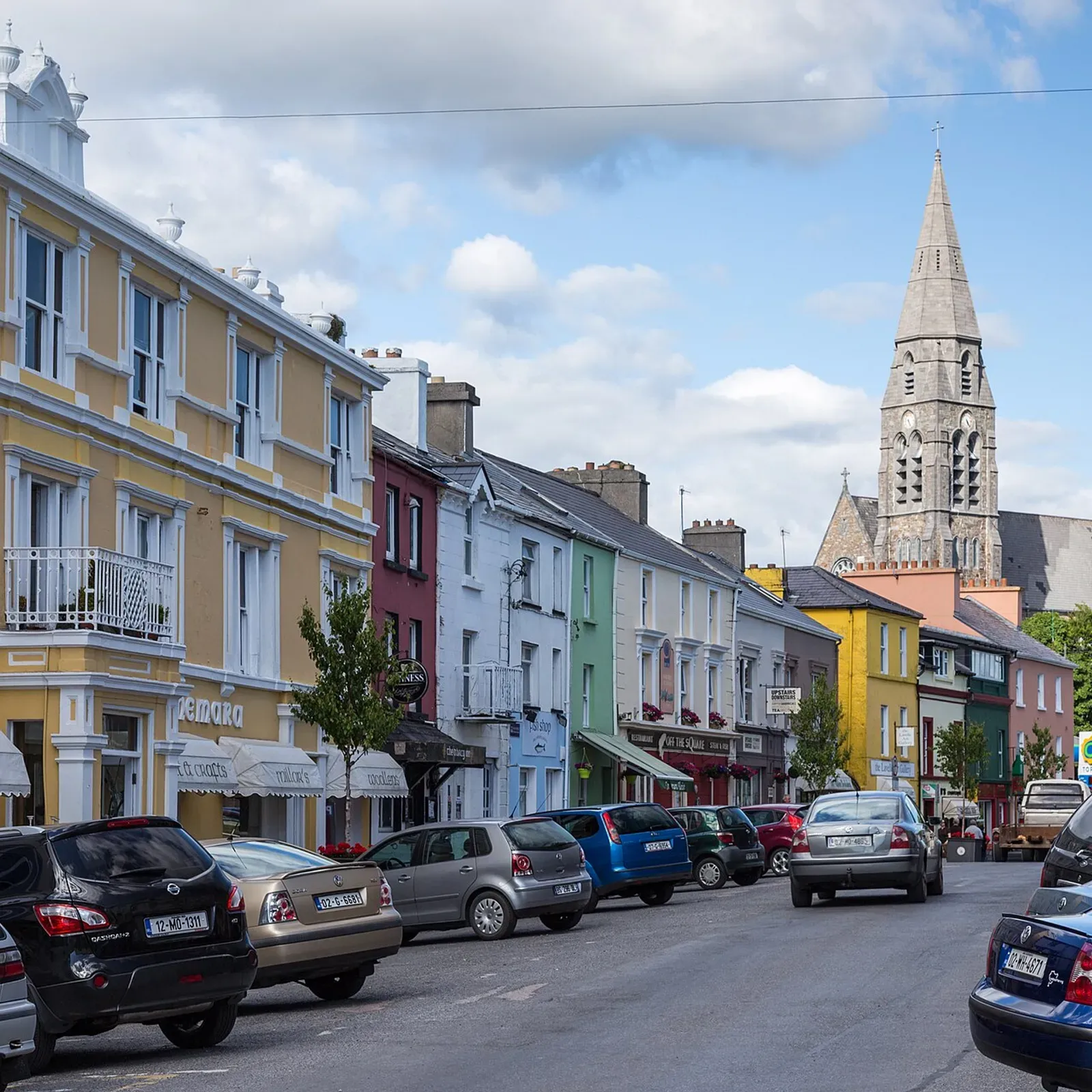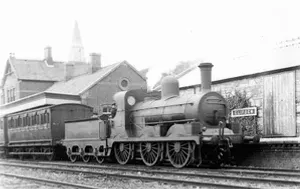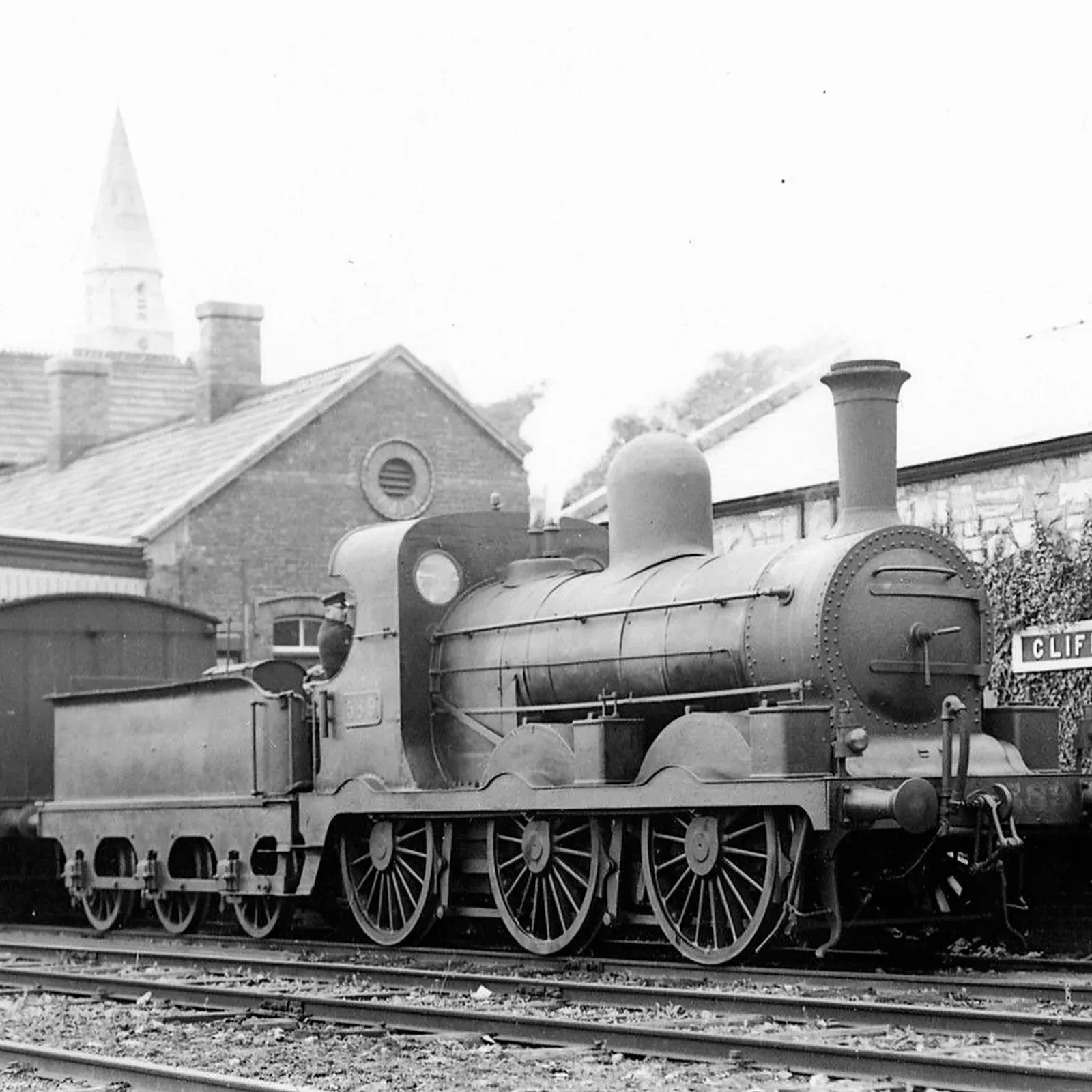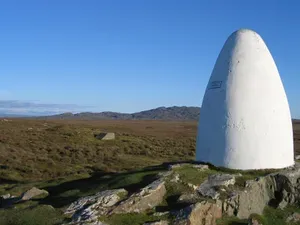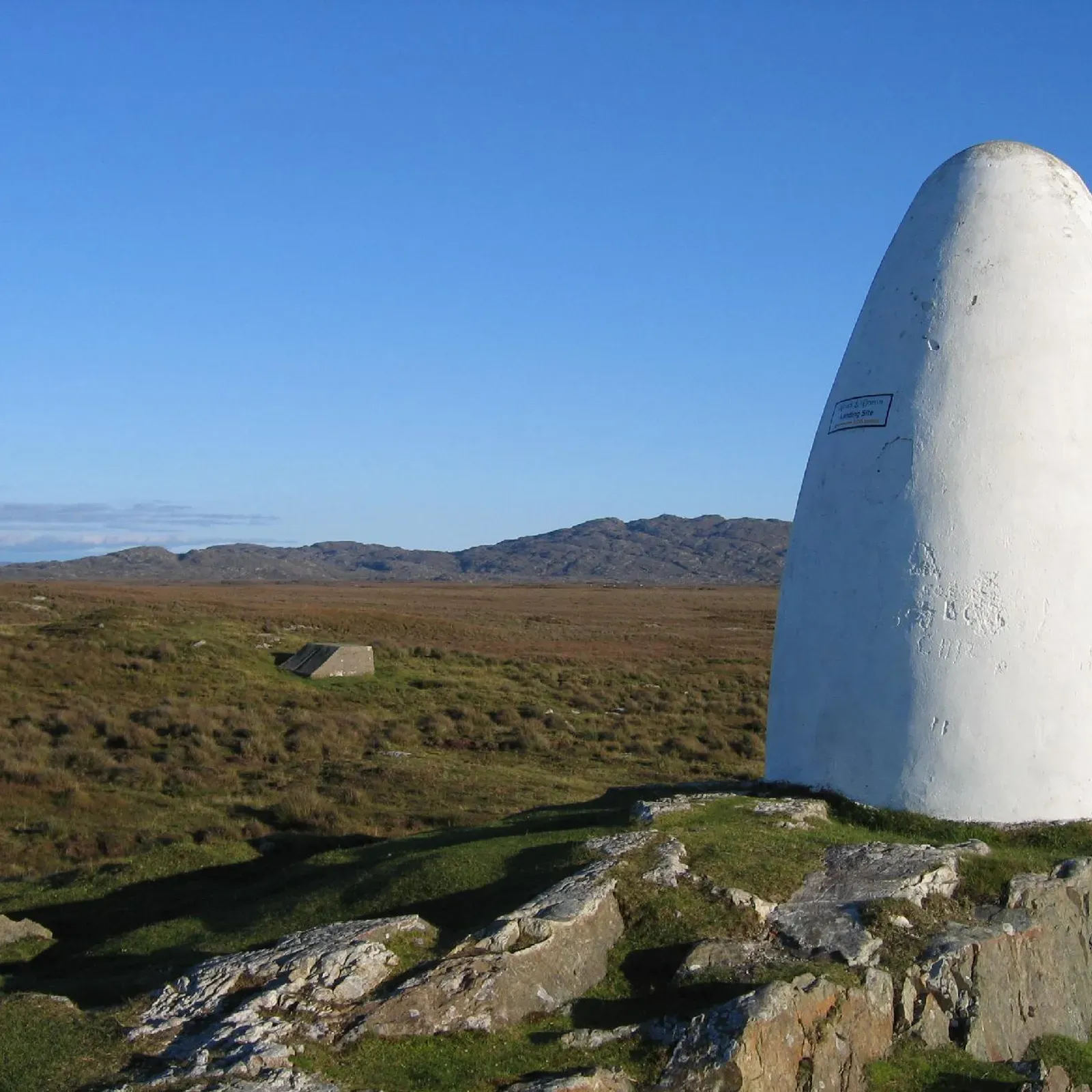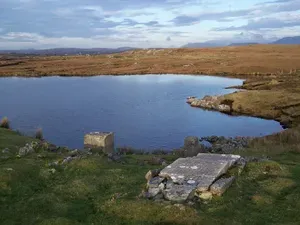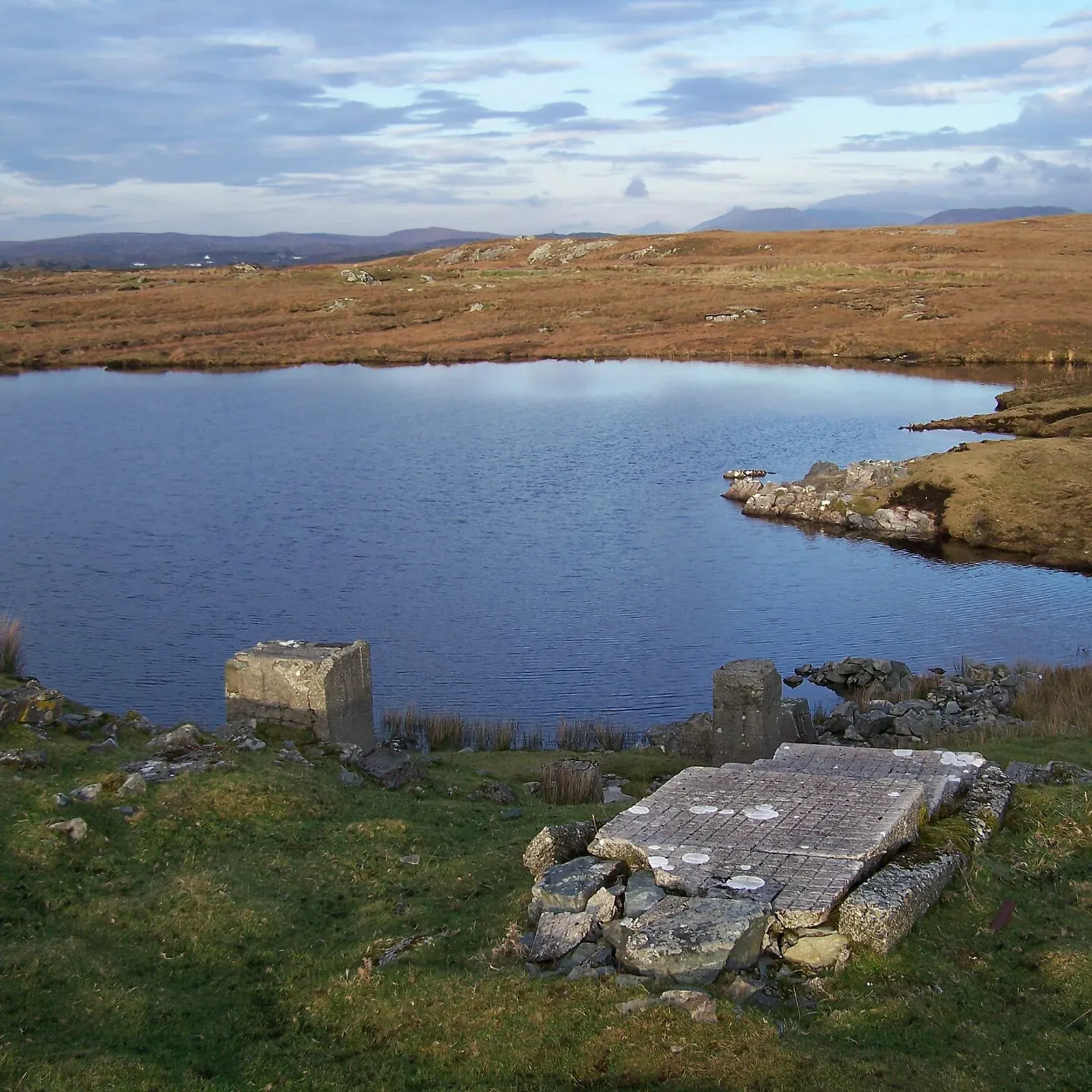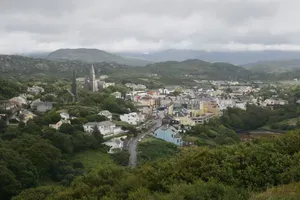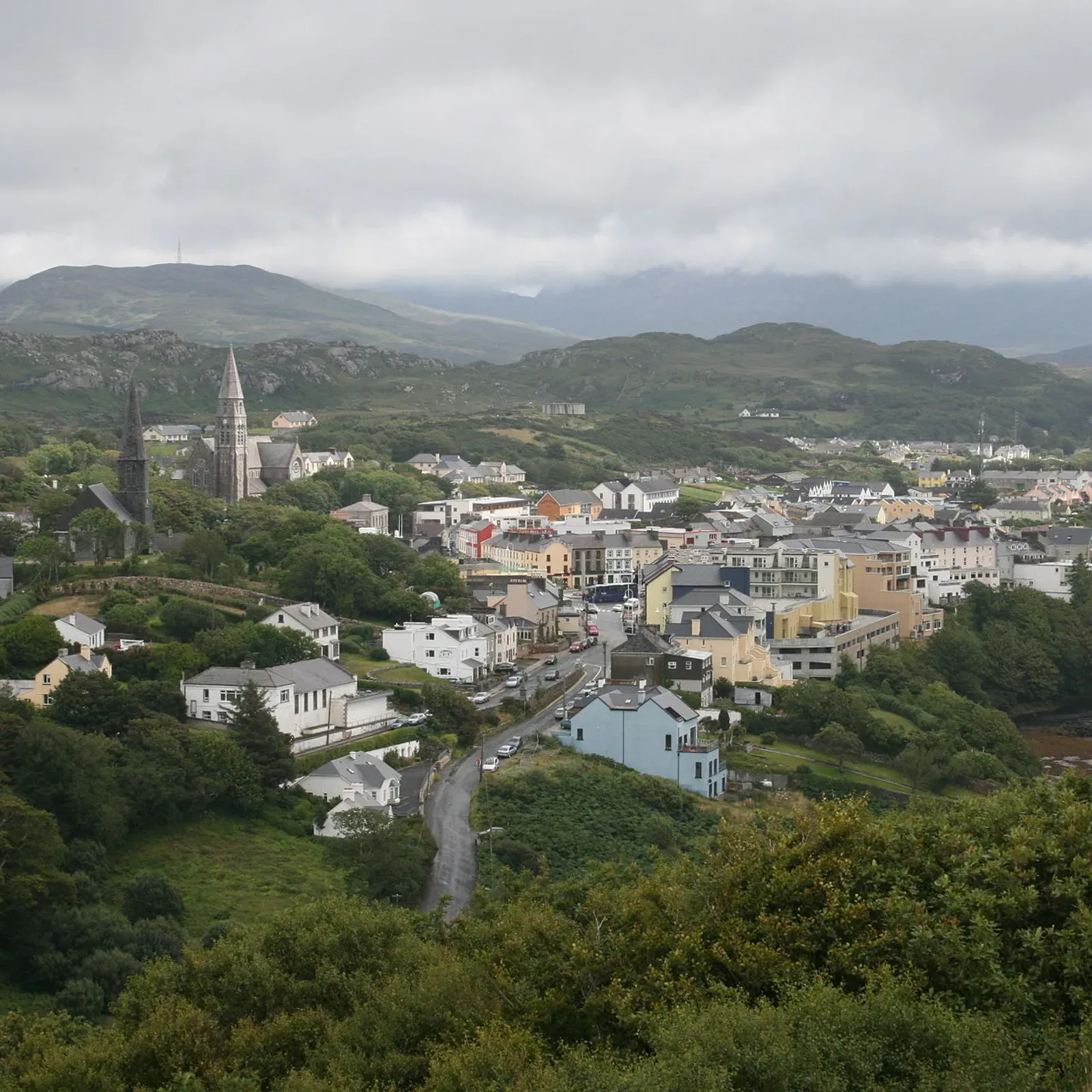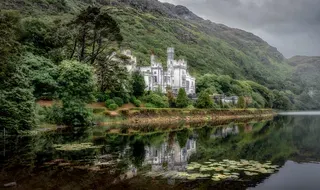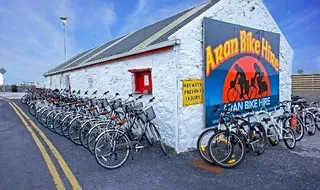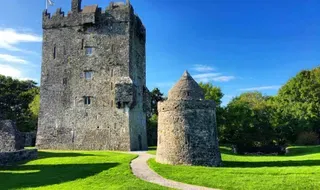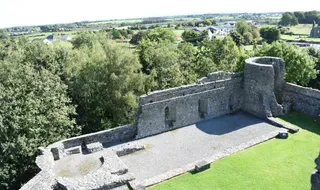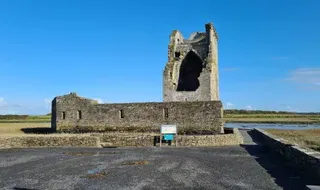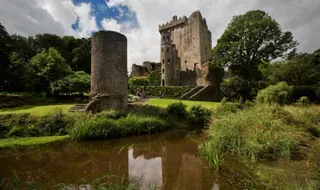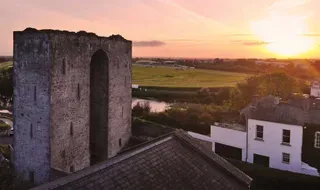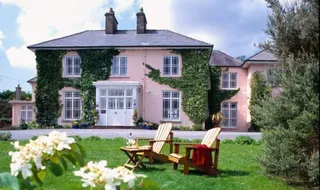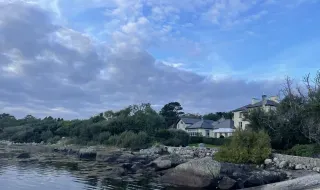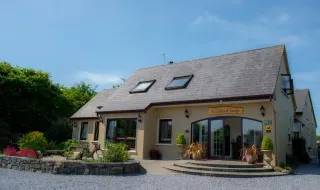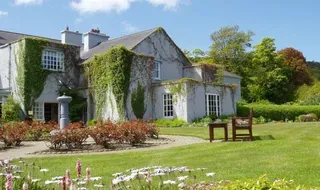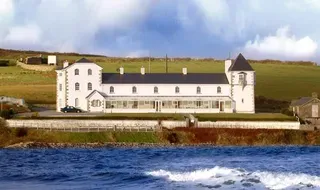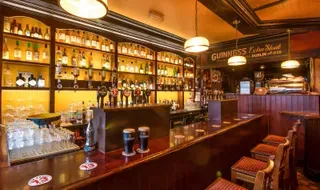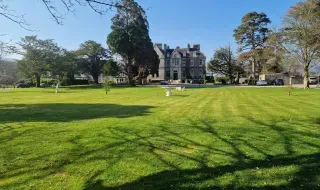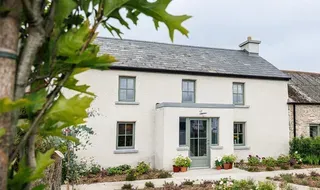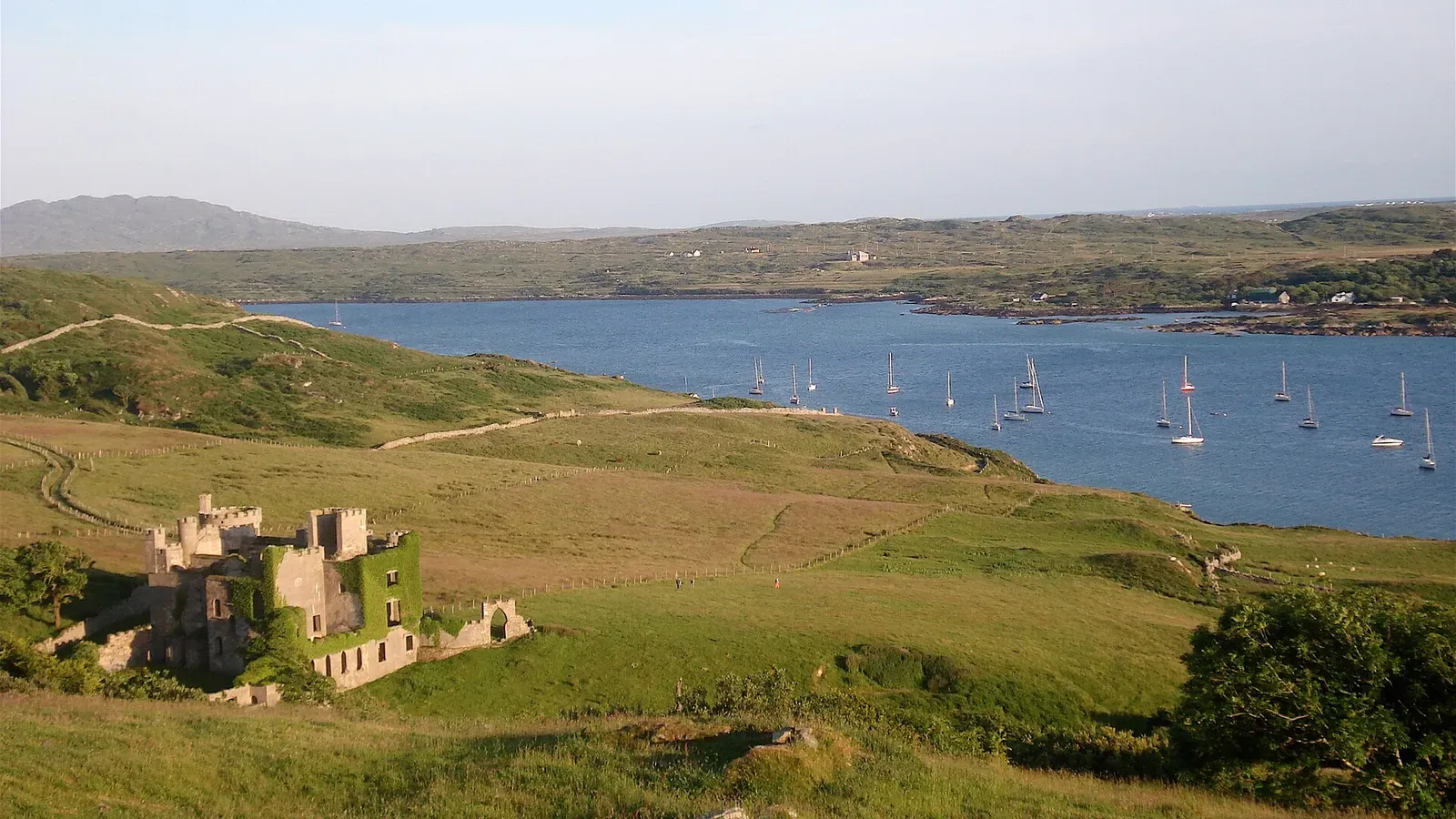
Clifden: The Capital of Connemara
📍 Location & Overview
- County: Galway, Ireland
- Region: Connemara
- Irish Name: An Clochán (meaning “stepping stones”)
- Access: Located along the scenic N59, approx. 77km west of Galway city
🕰️ A Walk Through History
19th Century Origins
Clifden was founded in the early 1800s by John D’Arcy, who envisioned a vibrant town on the Atlantic coast. He lived in nearby Clifden Castle, now a romantic ruin west of town. The dream took shape slowly due to poor infrastructure—until the potato crop failure of 1821–22, which triggered government intervention.
Enter Alexander Nimmo, an engineer who built a quay (1831) and began the road to Galway, sparking Clifden’s first boom.
By 1839, when John D'Arcy passed away, Clifden had blossomed:
- 185 dwellings (mostly three-storey),
- 2 churches, 2 hotels, 3 schools,
- a gaol, a courthouse, a distillery,
- and 23 pubs.
Repeal and Resistance
In 1843, Daniel O’Connell drew crowds of up to 100,000 for a 'Monster Meeting' calling for the repeal of the Act of Union.
The Famine Years
Tragedy struck with the Great Famine (1845–1849). By 1848, 90% of the population relied on government aid. Mass emigration followed. In 1850, Hyacinth D’Arcy (John’s son) sold the estate to the Eyre family, ending the D’Arcy legacy in Clifden.
✝️ Religion & Reform
- Irish Church Missions arrived in 1848, aiming to convert Catholics. They established orphanages (Glenowen for girls, Ballyconree for boys) and Protestant mission churches.
- Sisters of Mercy came in 1855, opening St. Joseph’s Convent, an orphanage, and an industrial school by 1858.
📡 A Global Connection
Marconi Wireless Station
In 1905, Clifden hit the global stage when Guglielmo Marconi built a transatlantic wireless telegraphy station just 6 km south of town. On 17 October 1907, 10,000 words were transmitted from Clifden to Nova Scotia, marking the launch of Europe’s first fixed wireless communication with North America.
- The site employed up to 200 workers
- One was Jack Phillips, who later served as Chief Radio Operator on the Titanic
Alcock & Brown’s Historic Landing
On 15 June 1919, aviators John Alcock and Arthur Whitten Brown completed the first non-stop transatlantic flight, crash-landing in Derrygimlagh Bog, near the Marconi station. Mistaking bog for pasture, they damaged their plane’s landing gear but survived.
- They returned to Clifden by stagecoach, cheered by locals.
- Residents collected parts of the wrecked aircraft as souvenirs.
🌄 Things to See & Do
- Clifden Castle: Visit the atmospheric ruins of the D’Arcy family estate.
- Sky Road: Drive or cycle this panoramic loop for breathtaking coastal views.
- Marconi Station & Alcock & Brown Monument: Explore the historical site south of Clifden.
- Connemara National Park: Just a short drive away—ideal for hiking and nature lovers.
- Clifden Arts Festival: One of Ireland’s longest-running community arts festivals.
🚗 Getting There
- Take the N59 from Galway—expect scenic stops along lakes, bogs, and mountains.
- Regular buses connect Clifden with Galway.
- Ideal base for exploring Connemara’s wild beauty.
📝 Fun Facts
- Nicknamed the Capital of Connemara
- Played a key role in telecommunications and aviation history
- Known for vibrant music, art, and food scenes
Clifden isn’t just a town—it’s a tapestry woven from innovation, resilience, and deep roots in Irish history. Whether you’re chasing landscapes, legends, or literary vibes, Clifden will leave a lasting imprint.
